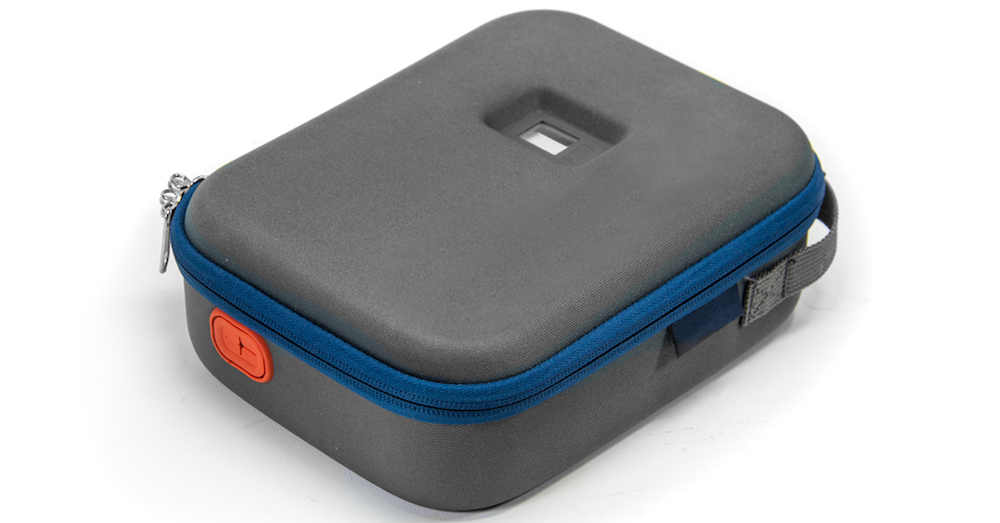There’s a lot to do when it comes to bringing a new product to market. One of these universal steps includes strategizing, designing and manufacturing packaging that houses the product — whether it lives on store shelves or is shipped between businesses and consumers. Before you get started on this step, here are some helpful considerations to steer you in the right direction.
How to Approach New Product Packaging the Right Way
1. Choose Packaging that Compliments the Product
Packaging should serve as an extension of the product it stores, and vice versa. The idea is to make the whole experience a cohesive one. Think of your packaging as a billboard that can be used to build upon the look of the product but also communicate important sentiments about it. By taking on these attributes, product packaging paints a meaningful, accurate picture of what consumers and businesses can expect inside.
2. Make Sure Packaging Is Representative of the Brand
While packaging should complement the actual product, it’s also important to think about it in the context of your brand as a whole. Product packaging is a tangible representation of your brand, so naturally, you’ll want to tell a story with it that reflects who you are and what you do. Use your unique identifiers — your colors, your company name/logo, your mission statement (to name a few) — as a way to stand out from the competition and reinforce brand recognition to your target audience.
3. Optimize Packaging for Storage & Distribution Purposes
From the time a product leaves the production line to the time it arrives at a final destination, there’s a lot of movement. Product packaging should account for that in terms of both the protection it provides as well as its degree of portability. You’ll want to make sure that packaging is durable enough on the outside and cushioned enough on the inside to keep products safe in transit (with third-party tests to prove it), yet also lightweight enough to minimize the potential for mishandling and drops. While this is a matter of the materials used, it’s also a matter of ensuring packaging is designed specifically to align with the dimensions of your product so there is no unused space and less movement in transit.
4. Make Packaging Practical for End Users to Navigate
Think of the inside of your product packaging like a website. If you come to a website that is poorly organized with broken links, chances are you’ll feel frustrated with the experience and be inclined to look elsewhere for solutions. In the context of product packaging, the product is what should take center stage in the unboxing experience with supporting components (from cords to literature) neatly stored in their respective sections. That way, individuals can quickly find what they need while the product quality is kept intact.
5. Align Product Packaging with Budget Requirements
Budget will always be a driving factor behind the development of new product packaging. This doesn’t have to mean feeling limited though. Pairing a design-for-manufacturing approach that ensures manufacturable packaging designs with the use of cost-effective manufacturing techniques, you can streamline the process from start to finish and open up more room for creative ideas.
Your products are innovative, and their packaging should be too. At Cases By Source, we customize product packaging to give you the form and function you need at a cost-effective rate. Talk to us about product packaging for your new product — schedule a free consultation here.








Leave a Comment